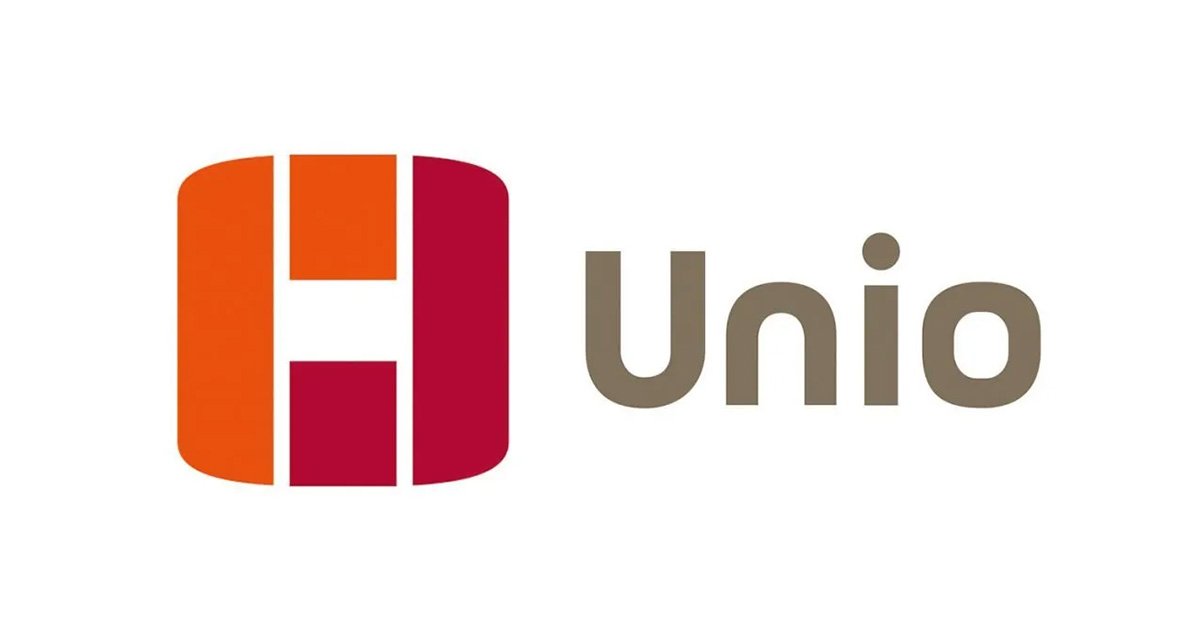Information about the wage settlement in the state sector
Chief negotiator Jorunn Solgaard explains this year's salary settlement in the state sector – and talks about the way forward towards local salary negotiations.

10.05.2023
On Saturday 29 April, Unio (The Confederation of Unions for Professionals) came to an agreement with the Ministry of Local Government and Regional Development on the wage settlement in the state sector. This year's salary settlement is an interim settlement, which means that the parties only negotiated finances.

Jorunn Solgaard participated in the negotiations. She is glad the parties reached an agreement.
– It is always positive when the parties agree and avoid mediation and possible conflict. The most important thing for us this year was to secure a sufficiently large framework in the salary settlement, and we are satisfied that the framework is larger than expected price growth, she says.
The total frame for the settlement is in line with the front runner model’s frame of 5.2 per cent. The wage carry-over is 1.3 per cent and the wage drift is estimated at 0.4 per cent.
Unio has a joint collective agreement with Akademikerne (The Federation of Norwegian Professional Associations) in the state sector. As last year, all wage supplements will be distributed locally, at the individual enterprise.
– A local allocation or pot of 5.3 per cent with effect from 1 May 2023 is now set aside for the local negotiations. The local union representatives at each individual workplace will now negotiate with the employer about the distribution of this pot. The experience from last year's settlement was that most agreed on a combination of general and individual supplements. This is completely in line with Forskerforbundet's wage policy, says Solgaard.
The local negotiations must be completed by 31 October 2023, but at many enterprises the negotiations will start earlier. The local union representatives will inform the members about the date and deadlines for the negotiations at the individual workplace.
– Even though the salary supplement is paid in the autumn, the members will receive the same amount of money as if the supplement was added to their salary in May. In any case, you will be paid the supplement with effect from 1 May, emphasizes Solgaard.
As a result of the agreement in the wage settlement, the minimum wage for employees with higher academic education has been raised from NOK 478,300 to NOK 509,300. The minimum salary for PhD candidates and specialist candidates has been raised from NOK 501,200 to NOK 532,200.
Why is the local allocation 5.3 per cent? First, wage carry-over and wage drift are subtracted from the agreed framework of 5.2 per cent. After this is done, we can calculate how big the supplement will be when it is given on 1 May instead of 1 January. The wage growth for 2023 will be 5.2% minus 1.3% (wage carry-over) and 0.4% (wage drift) – which amounts to 3.5 per cent. This must then be distributed over eight months instead of twelve when the supplement is given from 1 May. Then you get 3.5% * 12/8 = 5.3%.
